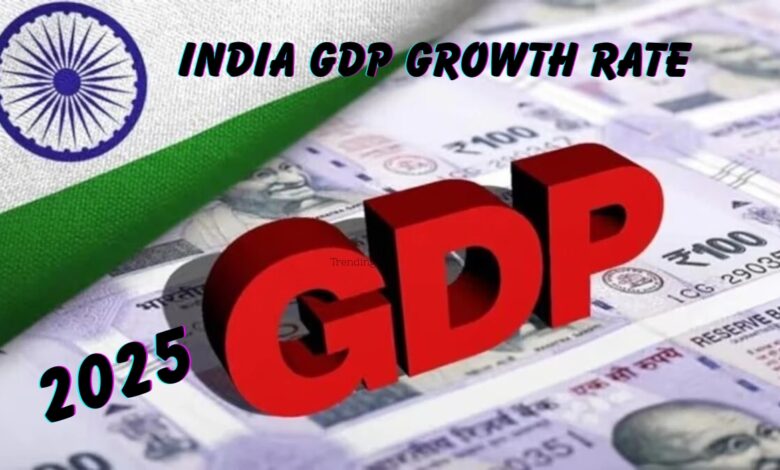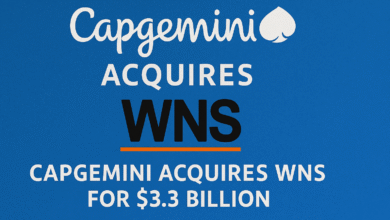India GDP Growth Rate: A Deep Dive into the Economic Momentum

India, one of the world’s fastest-growing major economies, has been a focal point for global investors and policymakers. The India GDP growth rate reflects the nation’s economic resilience, policy reforms, and demographic advantages. As the country navigates post-pandemic recovery and global economic uncertainties, understanding the latest India GDP data provides crucial insights into its financial health and future trajectory.
India’s GDP Growth: Recent Trends and Projections
According to recent reports, India’s GDP growth rate for FY 2023-24 stood at 7.6%, showcasing robust economic expansion despite global headwinds. This growth outperforms many developed economies, reinforcing India’s position as a key driver of global economic momentum.
The Reserve Bank of India (RBI) and international agencies like the IMF and World Bank project India’s GDP growth to remain strong, with estimates ranging between 6.5% to 7% for FY 2024-25. Factors such as domestic consumption, infrastructure investments, and digital transformation are fueling this upward trend.
Key Drivers of India’s GDP Growth
Strong Domestic Demand
India’s large consumer base continues to drive economic activity. Rising disposable incomes, urbanization, and a growing middle class contribute significantly to sectors like retail, automotive, and real estate.
Government Infrastructure Push
Massive investments in infrastructure—roads, railways, ports, and smart cities—under initiatives like Gati Shakti and National Infrastructure Pipeline (NIP) are boosting productivity and employment.
Digital Economy & Startup Boom
India’s tech-driven growth, supported by Digital India and a thriving startup ecosystem, has positioned the country as a global innovation hub. Sectors like fintech, e-commerce, and IT services are major GDP contributors.
Manufacturing & PLI Schemes
The Production-Linked Incentive (PLI) scheme has revitalized manufacturing in electronics, pharmaceuticals, and renewable energy, reducing import dependency and enhancing exports.
Agricultural Resilience
Despite challenges, agriculture remains a backbone of India’s economy, employing nearly 45% of the workforce. Monsoon performance and government support schemes play a crucial role in rural demand.
Challenges Impacting India’s GDP Growth
While the India GDP growth rate remains impressive, several challenges could influence future performance:
-
Global Economic Slowdown: Geopolitical tensions, inflation, and recession fears in major economies may affect exports and foreign investments.
-
Unemployment & Skill Gaps: Job creation hasn’t kept pace with workforce growth, requiring stronger skilling initiatives.
-
Fiscal Deficit & Inflation: Managing inflation while sustaining growth remains a delicate balance for policymakers.
India GDP Data: Sector-Wise Performance
Breaking down the India GDP data, the major sectors contributing to growth include:
-
Services (54% of GDP): IT, banking, tourism, and healthcare.
-
Industry (25% of GDP): Manufacturing, construction, and utilities.
-
Agriculture (20% of GDP): Crops, livestock, and fisheries.
The services sector remains the dominant force, but manufacturing is gaining momentum due to government incentives and global supply chain shifts.
India vs Global GDP Growth Rates
Compared to other major economies, India’s growth stands out:
-
China: ~5% (slowing due to real estate crisis)
-
USA: ~2.5% (moderate growth with inflation control measures)
-
Eurozone: ~0.5%-1% (struggling with energy crises)
India’s ability to sustain 7%+ GDP growth makes it a bright spot in the global economy.
Future Outlook: Can India Sustain High GDP Growth?
Economists believe India is on track to become a $5 trillion economy by 2026-27, provided key reforms continue:
-
Tax Reforms: Simplifying GST and improving compliance.
-
Ease of Doing Business: Faster approvals, reduced bureaucracy.
-
Green Energy Transition: Investments in renewables to ensure sustainable growth.
